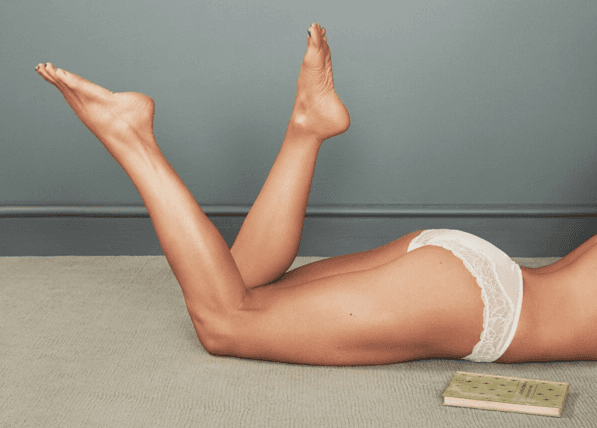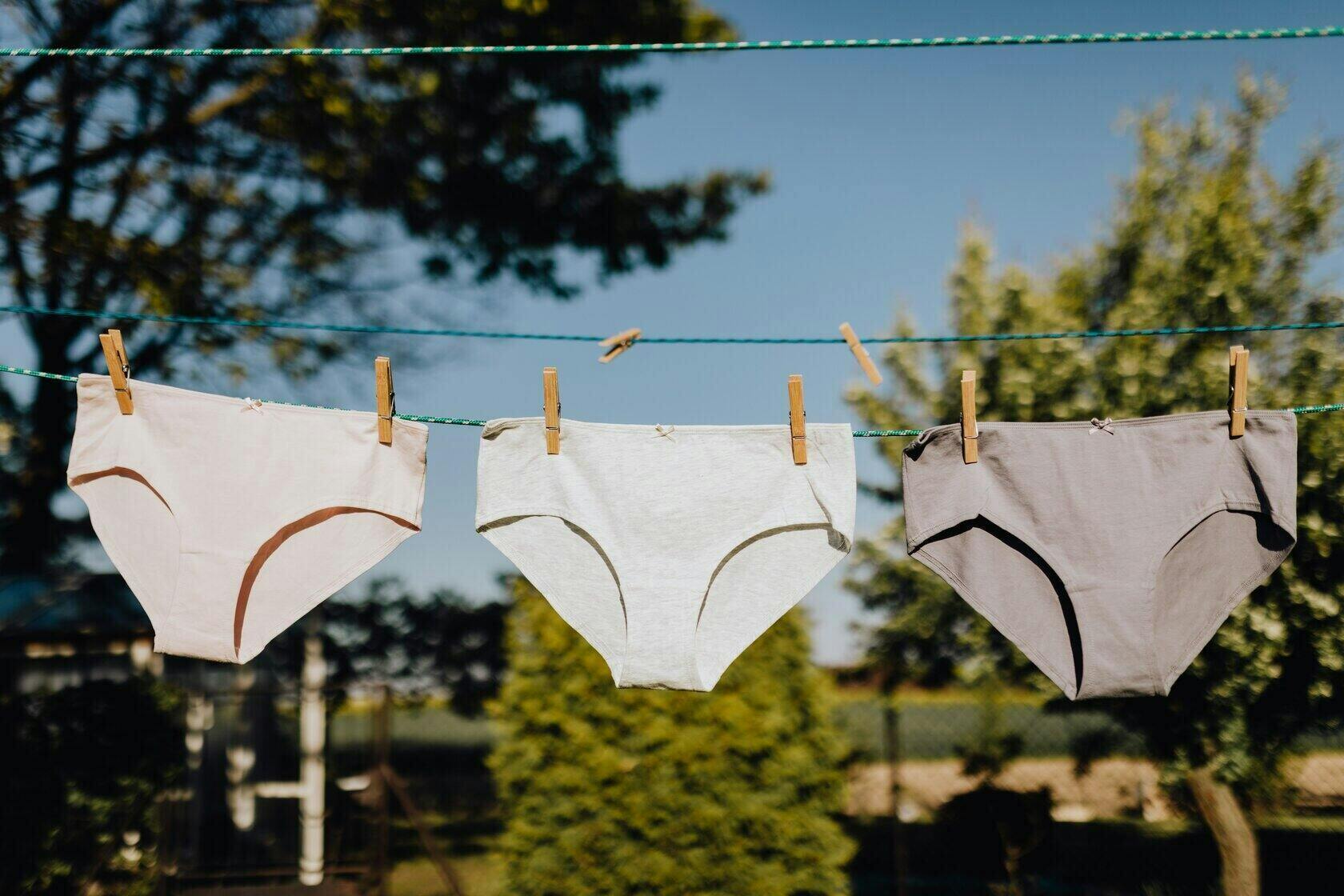Everything you need to know about waxing
Apr 21, 2020

Waxing is a complete hair removal solution suitable for both men and women. People tend to enjoy the benefits of waxing because they last longer than some other types of hair removal. But we know that you probably have lots of questions if you are new to waxing. This complete guide to waxing covers everything you need to know.
Types of waxing and how waxing works
Waxing works by removing the hair from the root. As long as waxing is done professionally, most people can have a wax and enjoy the benefits.There are two main types of wax: hot wax (both hot wax and strip wax) and cold wax. Each of these then come in different scents and colours.
What is hot wax?
Hot wax, as its name suggests, is wax that is heated to between 40 and 50 degrees Celsius. It is then applied to the skin using a wooden spatula. The therapist waits for the wax to cool and harden before removing it directly, along with the hairs.
A type of hot wax is a strip wax. Again, the hot wax is applied to the area being treated. The therapist then applies a disposable strip over the wax, and then waits for it to cool. Once cool the therapist then removes the strip, bringing the wax and hair with it.The heat and thickness of hot wax means that pores open slightly more, and the wax is more successful at removing all of the hairs in one go.
Hot wax vs strip wax: There’s a long standing debate about hot wax vs strip wax and which is better. Both, if done professionally, can result in an exceptional hair free finish. We find that it depends on what area is being waxed, and the preference of the client. Typically, strip wax is excellent for large areas, such as legs, back and arms, where skin is also less sensitive. Hot wax is good for sensitive areas, and where hair is thicker, such as waxing the bikini area.
What is cold wax?
Cold wax comes on strips which are already shaped for a particular body area, such as the upper lip. They are applied to the area before being pulled off. These are typically used for home waxing, but they are less efficient and often need to be repeated multiple times.
There are some people who we recommend choose a different form of hair removal. Individuals who suffer from hypersensitive skin, haemophilia and diabetes should choose different options. If you have current sunburn, a rash, or any contagious skin condition, then you need to wait until your skin is healthy once more. If you are having electrolysis treatment, do not have waxing in the same area. We will discuss waxing during pregnancy, and during your period, later in this guide.
How long does waxing last?
The amount of time waxing lasts for is dependent on the body area, and how quickly your hair grows. For example when clients ask how long leg waxing lasts, we usually advise that they can expect smooth legs for up to six weeks. For bikini waxes, it’s usually more like three to four weeks.
Once you’ve had a waxing treatment, you will get to know how long your wax lasts, and how soon you want to book in for a new treatment. How often you should wax is an individual decision, but our waxing therapists find clients wait 4-6 weeks between treatments.
Does waxing hurt?
Waxing does involve pulling the hair from the root, so it is more painful than other hair removal options. However, this is dependent on a few things, and most of our clients say that the discomfort they feel improves over time, disappears quickly, and is worth it for the smooth finish.The amount of discomfort someone experiences is also down to the skill and experience of the therapist.
At Secret Spa, we ensure that all of our therapists are expertly trained and know how to minimise the discomfort experienced. The more regularly you have an area waxed, the less uncomfortable it will be. A good tip is to take ibuprofen, if you can, around 45 minutes before your treatment.
Can you get a wax on your period?
You can get a wax on your period. However, we recommend that you schedule it for more than a few days before your time of the month. This is because your skin is more sensitive during your period and therefore it can feel more uncomfortable.
Waxing during pregnancy
For the same reason, women may wish to consider whether their usual waxing regime should stay the same during pregnancy. It can do, and waxing during pregnancy is usually safe, but the increased hormones and blood flow can make your skin more sensitive.
What areas can be waxed?
You can find a complete list of which areas of the body our therapists wax here. Our services include the upper lip, chin and eyebrow waxing, under arm waxing, half leg waxing, full leg waxing and arm waxing. We also offer a high bikini wax, Brazilian wax and Hollywood wax.
High bikini
A high bikini wax gets you bikini ready, removing the hair at the front, leaving a small triangle and the hair between the legs.
Brazilian
A Brazilian wax will also leave a small triangle of hair at the front but will fully remove the hair between the legs from front to back, leaving the area very smooth.
Hollywood
With a Hollywood wax, all of the pubic hair is removed from the whole area, front to back.
Preparing to be waxed
If you’ve decided you’d like to have a wax then you’ve probably got lots of questions about how to prepare for it. Choose a professional and skilled beauty therapist. This doesn’t mean you have to attend a salon. You will probably feel much more at ease and comfortable, having the wax done in your own home. Not much preparation is needed. Simply be clean and your therapist will explain what they need you to do. Some clients like to exfoliate the area a few days before the wax, to improve the results and loosen any ingrown hairs.
How long does hair have to be to wax?
One of the frustrating realities with waxing is that the hair does need to be a certain length to get a good result. We’d usually recommend the hair is around 3-5 mm: about the length of a grain of rice. With shorter hairs it can be difficult to get a complete finish.
Book your wax today
If you’re new to waxing, then hopefully we’ve addressed most of your questions. But remember that a skilled and professional beauty therapist should always be willing to discuss your questions with you, prior to treatment. Book your waxing treatment now.






